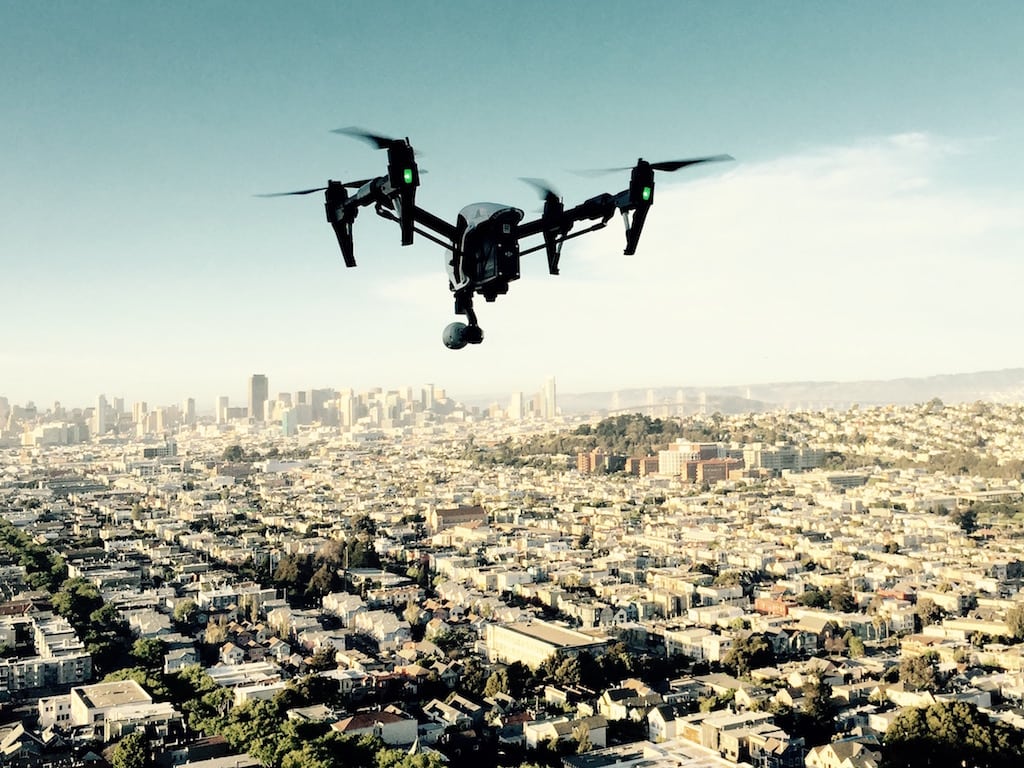Skift Take
The U.S. government needs to better regulate unmanned drones before a drone collision brings down a commercial airliner.
A new report on drone sightings and close encounters with aircraft finds that the proliferation of drones is quickly creating an unsafe environment in the air above U.S. airports.
The Center for the Study of the Drone at Bard College collected data from 931 incidents involving drones and manned aircraft in U.S. airspace from Dec. 17, 2013, to Sept. 12, 2015. A close encounter is defined by the Federal Aviation Administration (FAA) as a near collision.
The result of its analysis should trouble American flyers; 327 close encounters took place over 22 months, with 28 encounters that forced an aircraft to change its course to avoid hitting a drone.
“Our findings indicate that incidents largely occur in areas where manned air traffic density is high and where drone use is prohibited,” reads the report. “The locations with the highest number of incidents were large metropolitan areas. Two-thirds of incidents happened between 10 a.m. and 6 p.m., local time.”
A visual breakdown of the data shows a steep increase in incidents that coincides with an overall increase in the popularity of drone use in the U.S.
The cities with the most reported incidents are New York (86), Los Angeles (39), Miami (24), Chicago (20) and Boston (20). All of the top ten cities were metropolitan areas with more than 200,000 residents.
While an aircraft has yet to hit a drone, no one is sure of what would actually happen if a collision takes place.
“With sufficient speed, bird strikes have been known to penetrate the cockpit,” says the report. “It is entirely possible, then, that a drone could also break through into a cockpit, potentially causing serious harm to the pilots or other occupants… While the FAA has not yet announced officially when it will begin to require engine manufacturers to conduct drone ingestion tests, it has unofficially acknowledged that it is working on the issue.”
Finally, the report suggests a few solutions to the proliferation of drone usage in prohibited areas around airports. The FAA is currently working to put more detailed drone regulations into place, but has been working on the problem for more than three years.
Software-based geofencing could keep drones from operating in specific locations around airports. Sense-and-avoid technology can help unmanned drones automatically avoid aircraft, while a drone traffic management could be instituted to track all unmanned drones.
“Preventing the kinds of incidents that could potentially pose a threat to public safety will likely involve a combination of approaches, and will most definitely depend upon the collaboration of a multitude of stakeholders,” concludes the report.
The Daily Newsletter
Our daily coverage of the global travel industry. Written by editors and analysts from across Skift’s brands.
Have a confidential tip for Skift? Get in touch
Photo credit: An unmanned drone hovers over San Francisco in March 2015. Todd Lappin / Flickr

